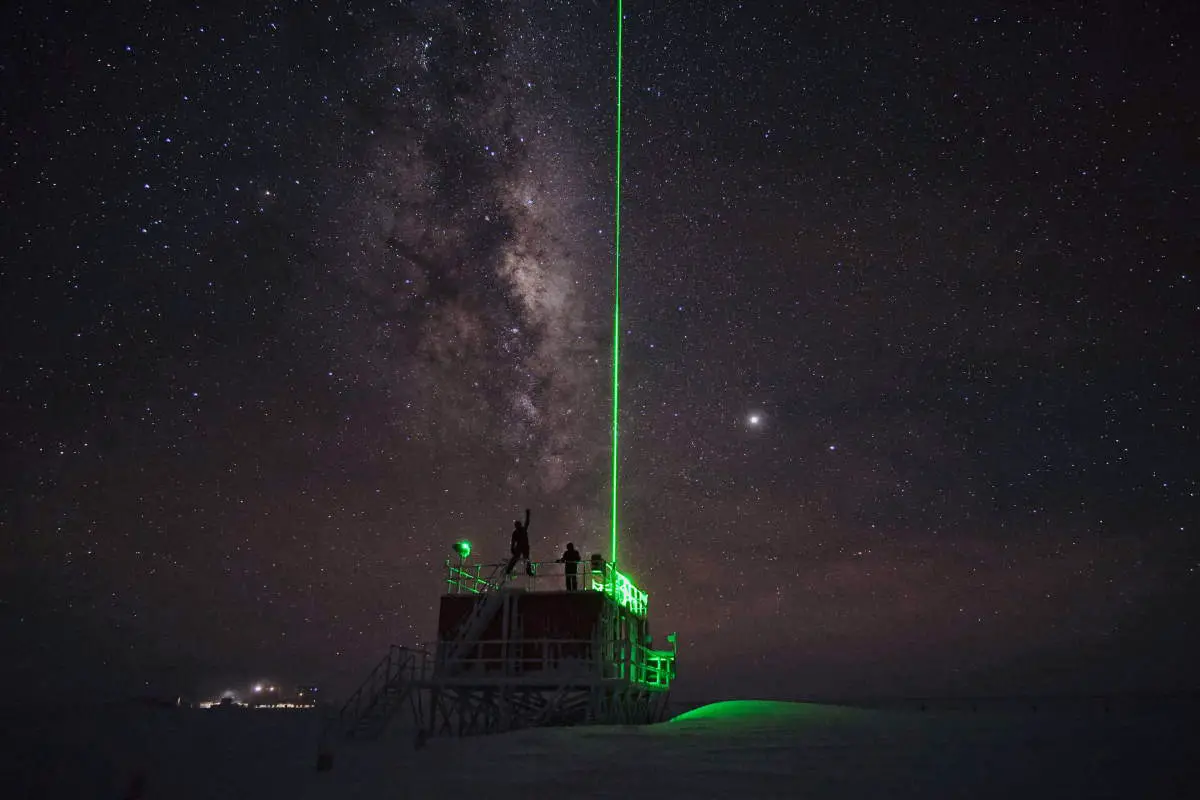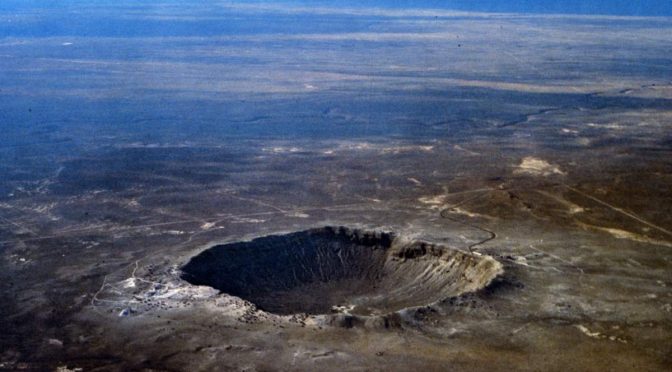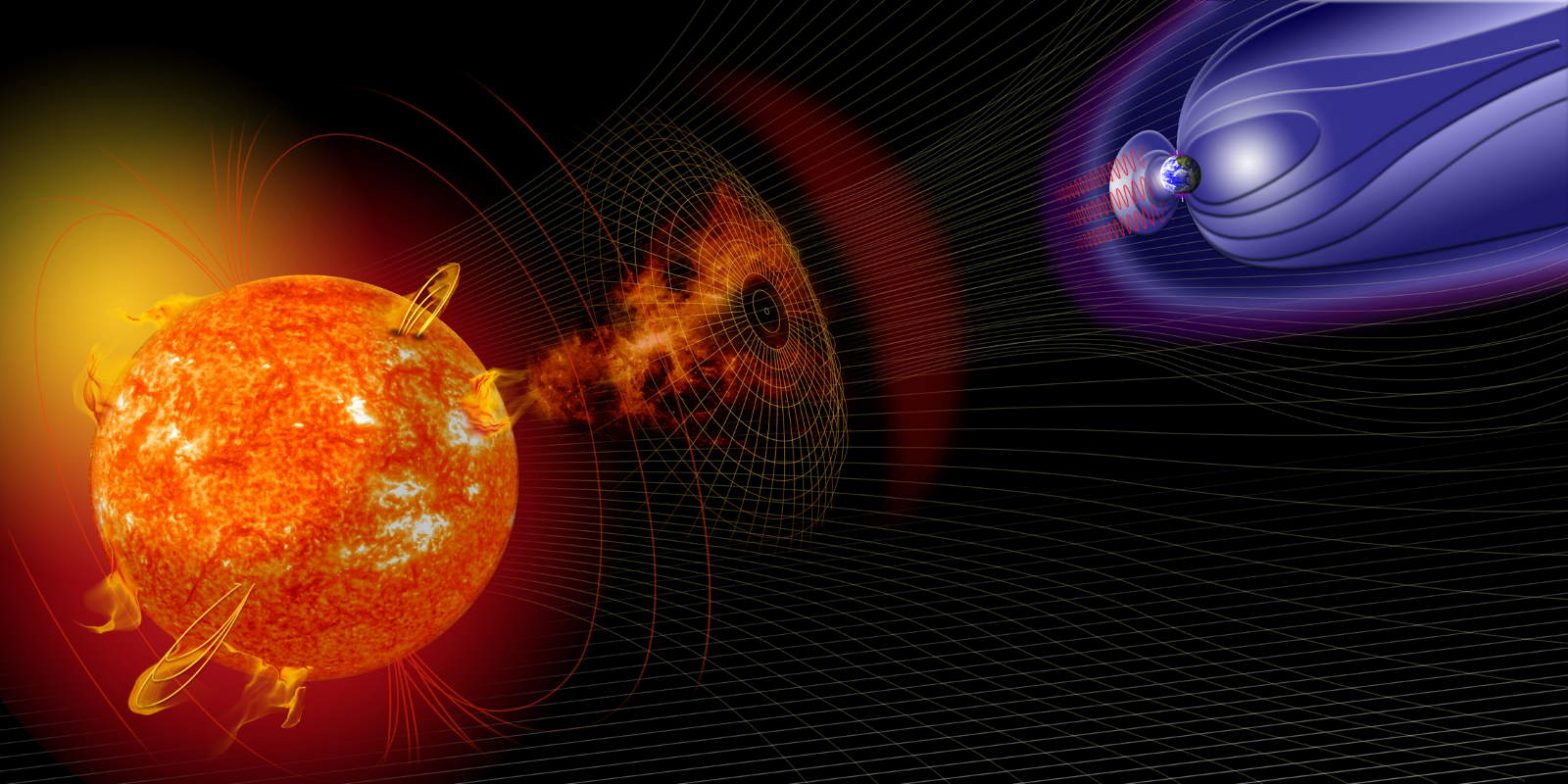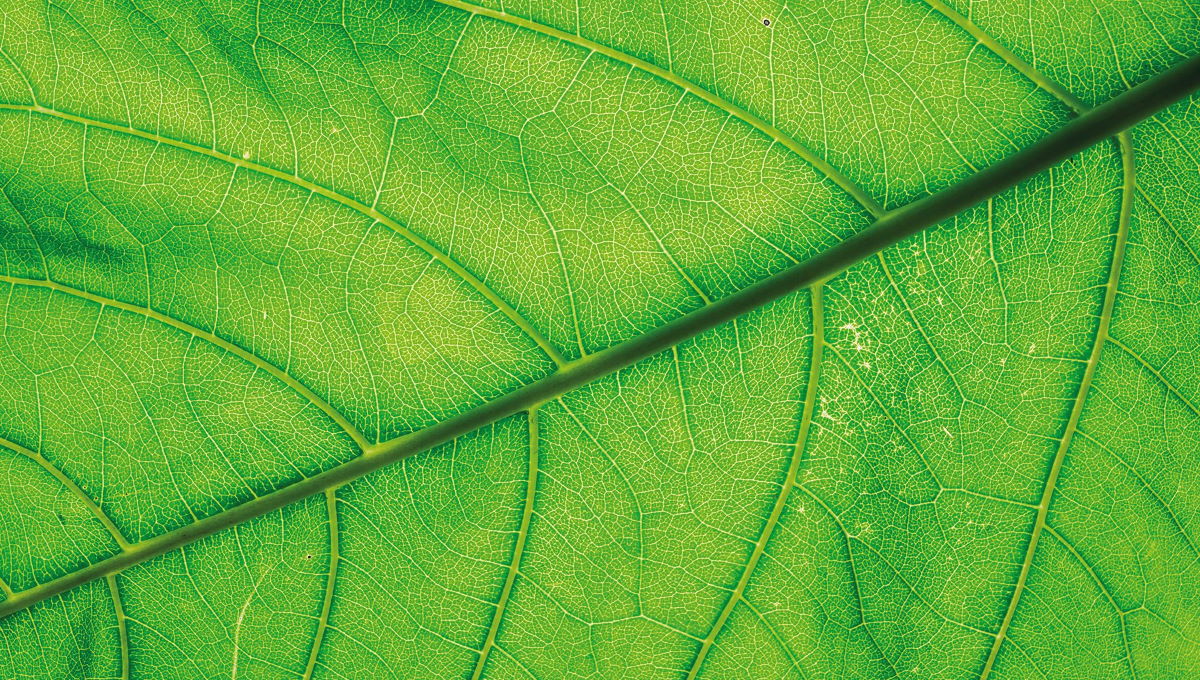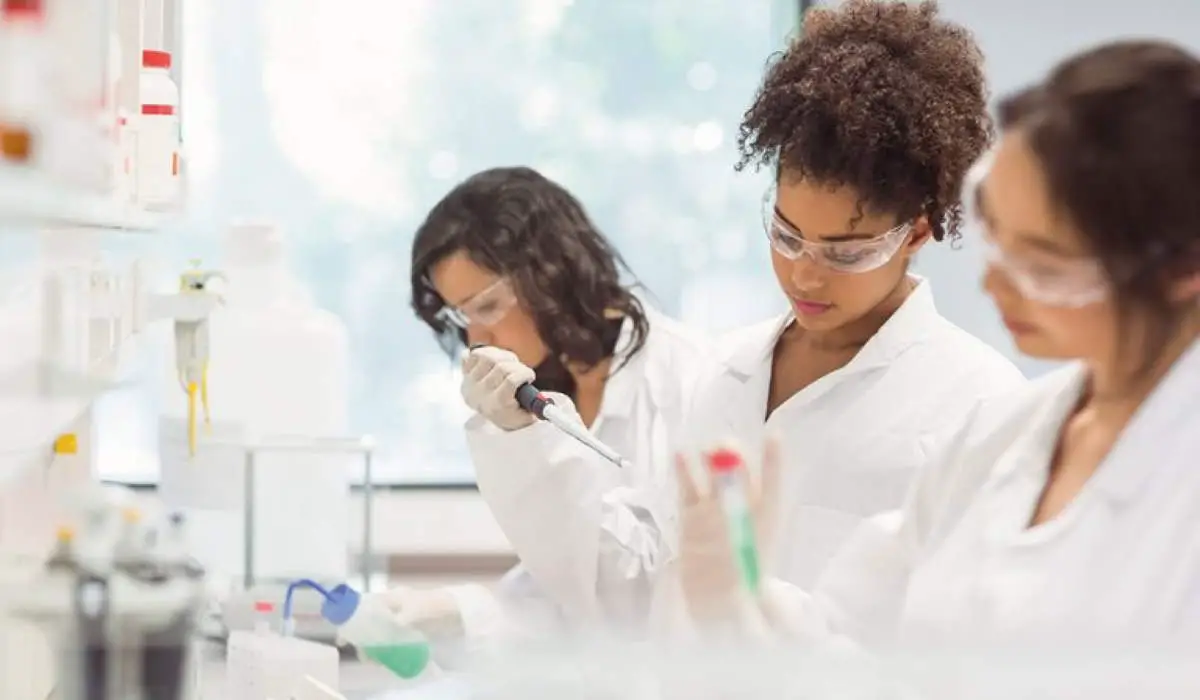Despite the old adage “nice guys finish last”, cooperation is common in life – from the scale of genes or cells through to entire societies. Although these two ideas seem to contradict each other, Dr. Egbert Giles Leigh Jr. has demonstrated throughout his career at the Smithsonian Tropical Research Institute in Panama that working together …
Author Archives: Scientia
Monitoring Atmospheric Pollution with Laser Imaging
Lidar (Light Detection and Ranging) is a laser-based remote sensing tool that can measure the concentration of small particles, called aerosols, in the atmosphere. Monitoring aerosols is crucial for climate modeling, air quality measurements, and understanding the health impacts of atmospheric pollution. However, existing lidar systems require sophisticated and expensive equipment and are usually deployed …
Continue reading “Monitoring Atmospheric Pollution with Laser Imaging”
Developing Sustainable Water Purification Technologies using Nanotechnology
A significant proportion of the world’s population has little to no access to clean water, and the water consumed by industrial activities continues to grow. Researchers from the Nanotechnology Enabled Water Treatment (NEWT) Center, which is headquartered at Rice University, are developing cutting-edge water purification technologies that can provide communities with access to clean and …
Continue reading “Developing Sustainable Water Purification Technologies using Nanotechnology”
From Destruction to Creation: Understanding Meteorite Impact Craters
Ever since the planets first formed, they have been bombarded with space rocks. Asteroid and cometary collisions are so powerful that planetary surfaces fracture and melt beneath them, leaving behind huge craters. These impact events have played an important role in our planet’s history, by shaping the geological landscape, producing valuable minerals, and affecting the …
Continue reading “From Destruction to Creation: Understanding Meteorite Impact Craters”
Measuring Meteorites to Reveal the Origins of the Earth
The planet we call home has a 4.5-billion-year history, but humans have only been around for a tiny fraction of this time. To discover what happened before life arose on Earth, and even before Earth’s formation, scientists can study objects sent from space – from icy comets and rocky asteroids to tiny particles of interstellar …
Continue reading “Measuring Meteorites to Reveal the Origins of the Earth”
Space Weather Underground: A Magnetometer Array with Educational Opportunities
The complex processes of Earth’s ionosphere may occur far above the planet’s surface, but when monitored from numerous locations at sufficient distances, they can be measured using inexpensive equipment on the ground. Dr. Charles Smith at the University of New Hampshire has assembled an extensive team to do just that, with participants ranging from space …
Continue reading “Space Weather Underground: A Magnetometer Array with Educational Opportunities”
Creating Power Foods with Gene Technology
At least 820 million people suffer from hunger and malnutrition globally and human population growth is likely to exacerbate this problem in the future. It is becoming increasingly important to develop sustainable and efficient methods to meet food demands. To address this global issue, Dr. Sanju A. Sanjaya and Bagyalakshmi Muthan from West Virginia State …
Continue reading “Creating Power Foods with Gene Technology”
The Association for Women in Science
Founded almost 50 years ago, the Association for Women in Science (AWIS) is a global network that inspires bold leadership, research, and solutions that advance women in STEM, spark innovation, promote organisational success, and drive systemic change. In this exclusive interview, we speak with AWIS president and world-renowned biomedical innovator Dr. Susan Windham-Bannister, who describes …
Mapping Cities’ Carbon Emissions Through Advanced Data Collection
As global emissions of greenhouse gas continue to rise, it is increasingly important for researchers and policymakers to identify exactly where and how much greenhouse gas is emitted and absorbed worldwide for global climate change mitigation. Over the past decade, Dr. Tomohiro Oda of the Universities Space Research Association (USRA) in Maryland has aimed to …
Continue reading “Mapping Cities’ Carbon Emissions Through Advanced Data Collection”

